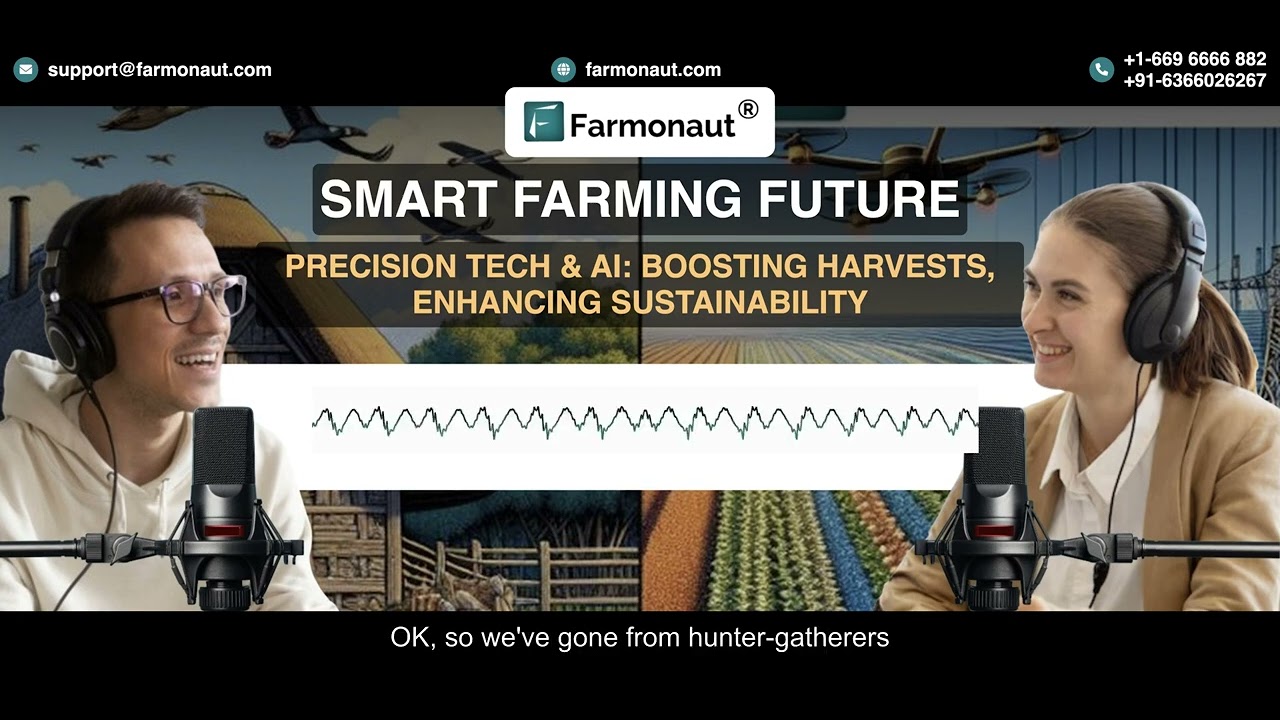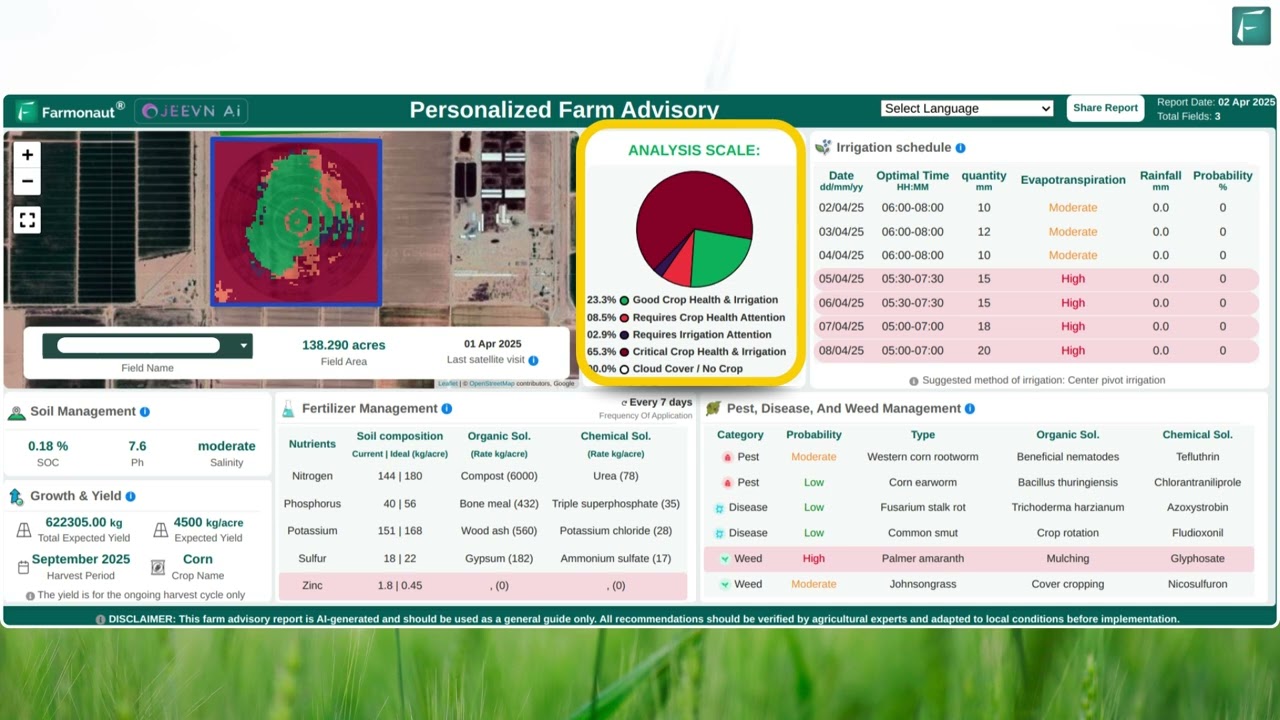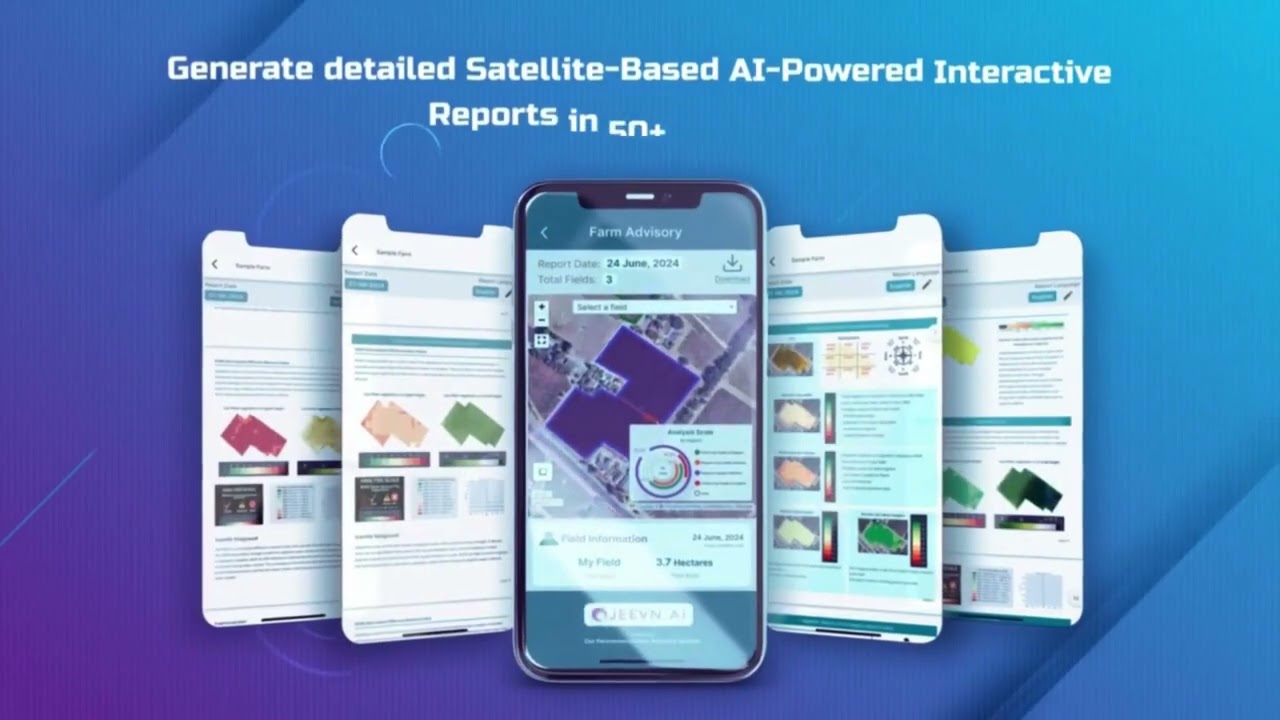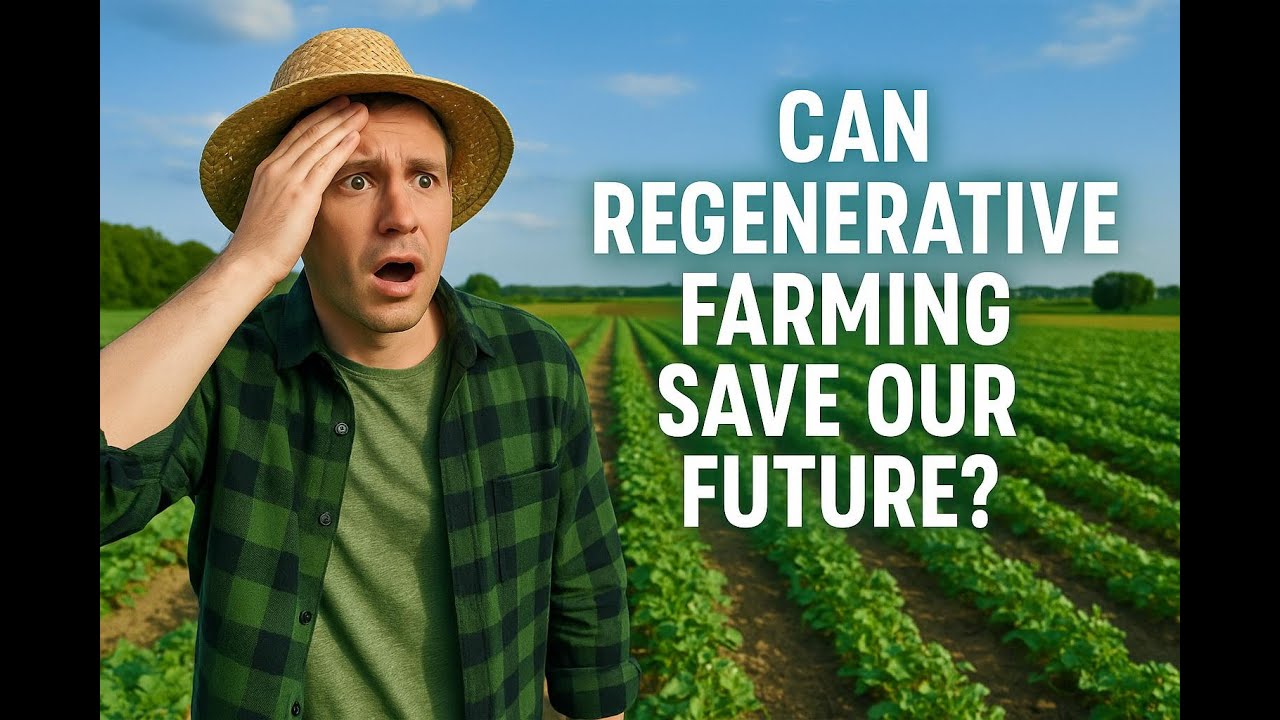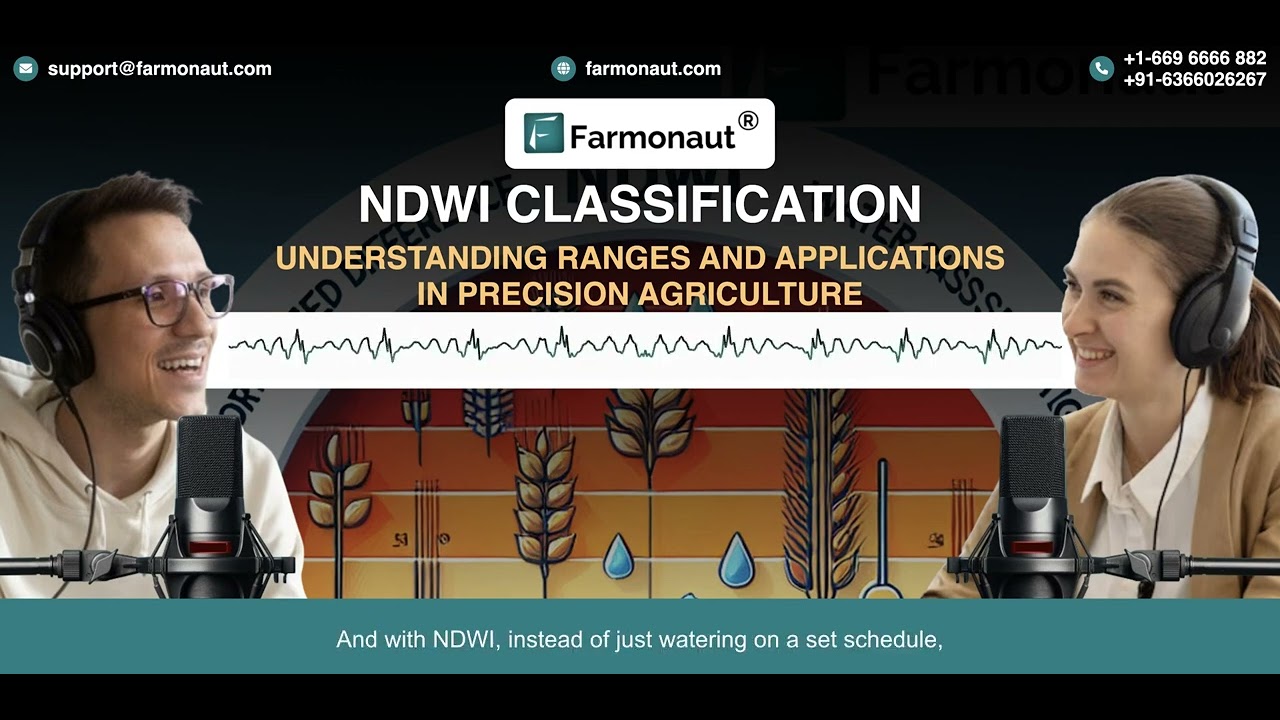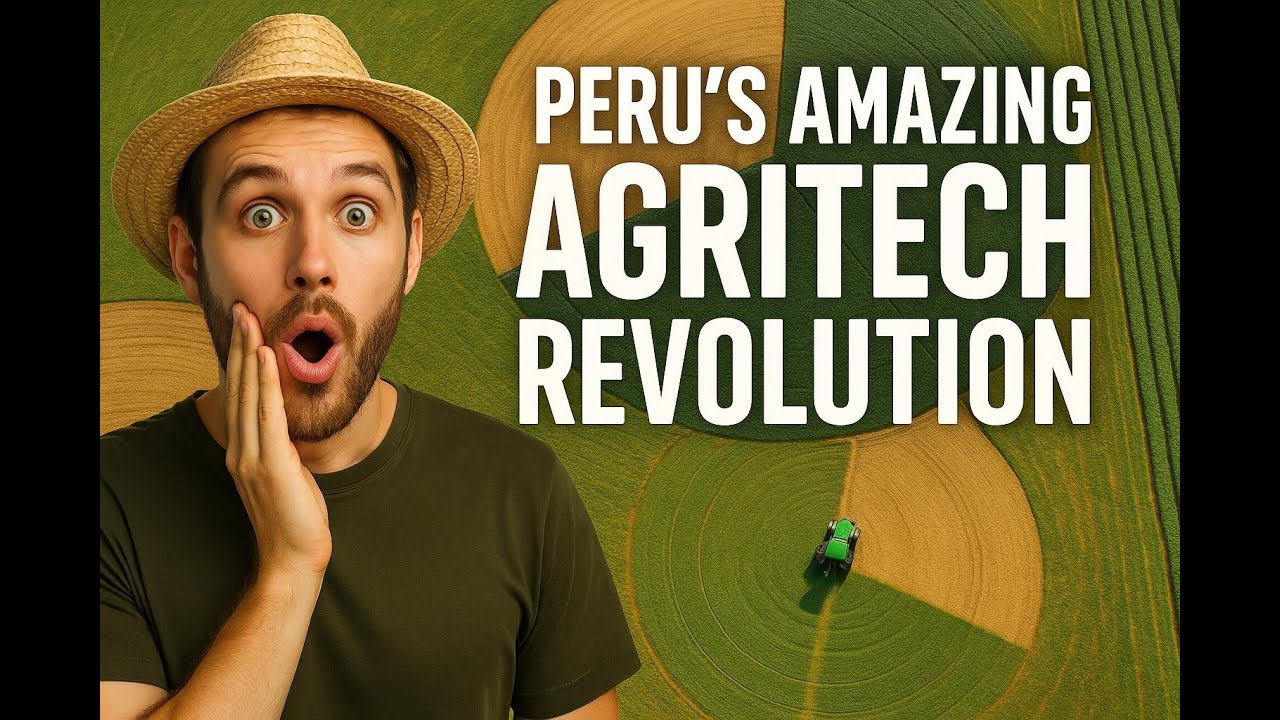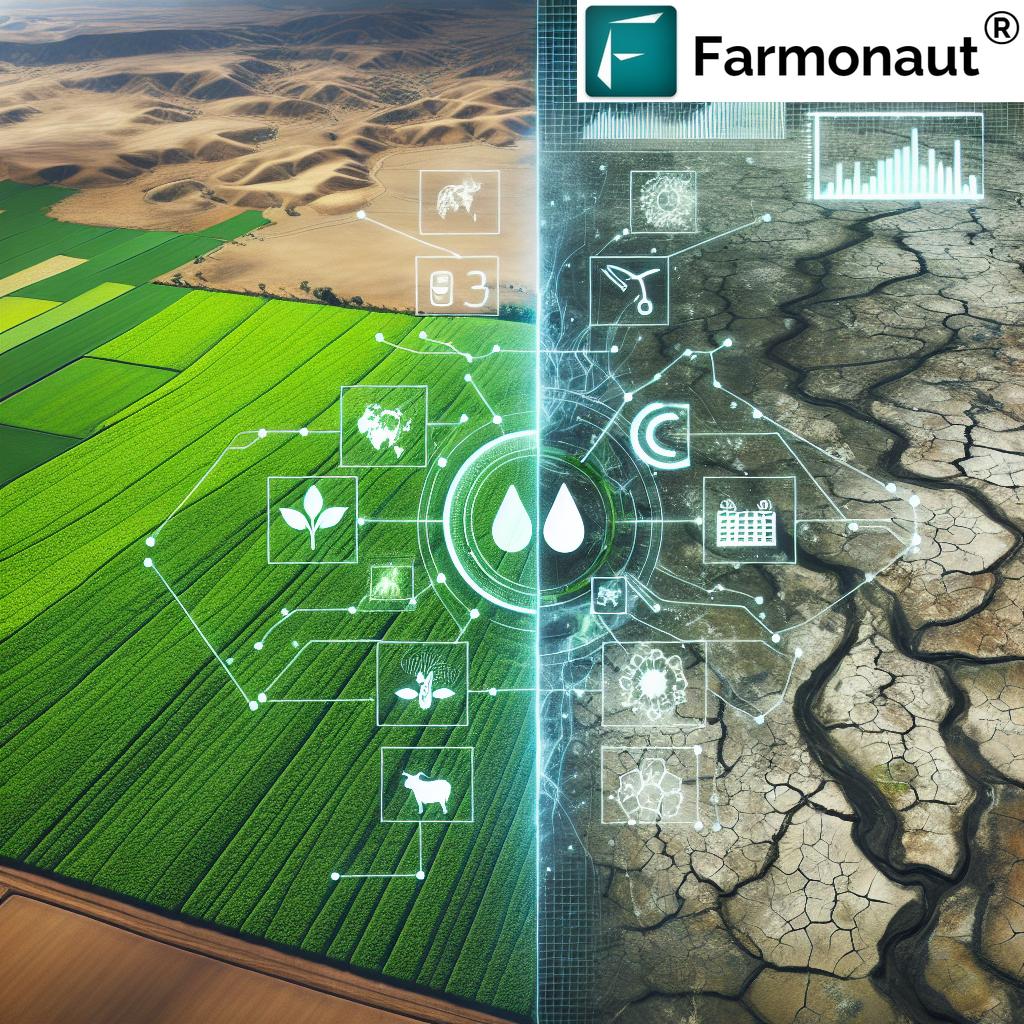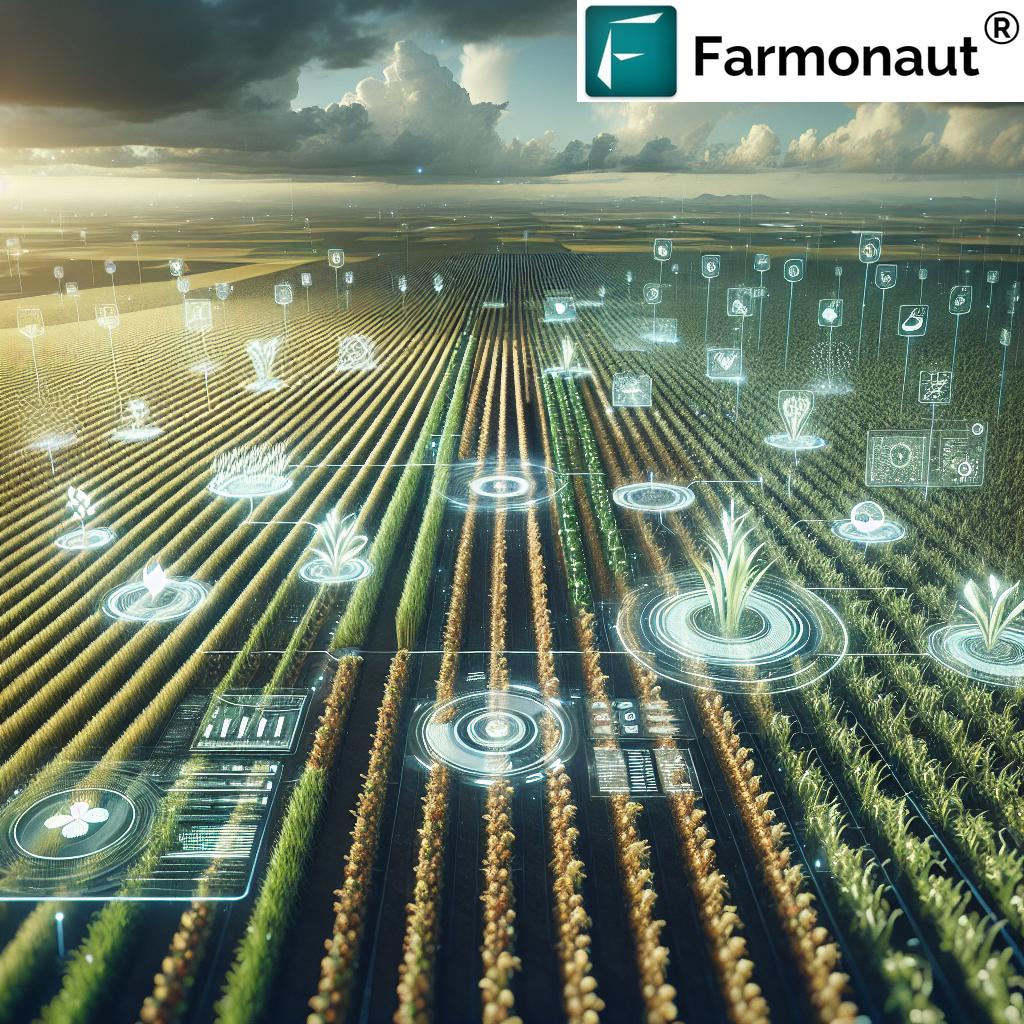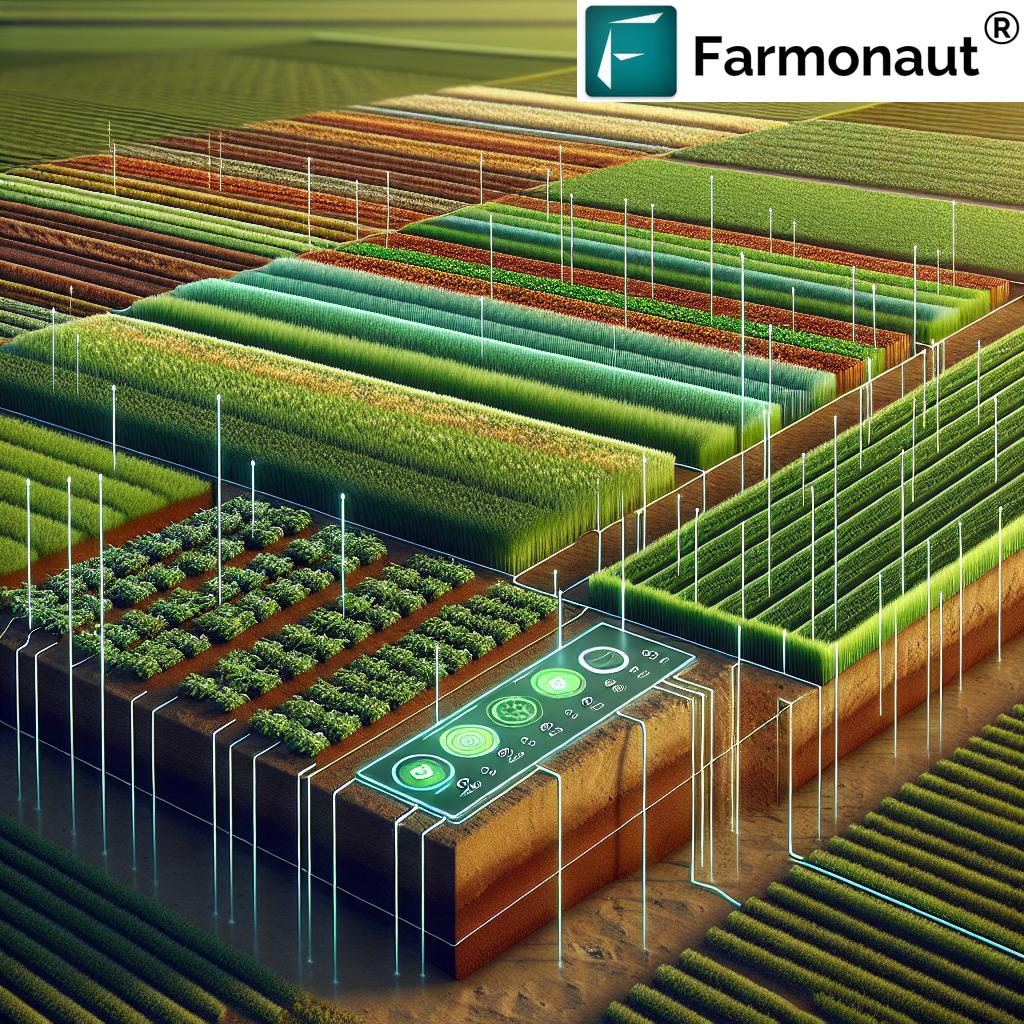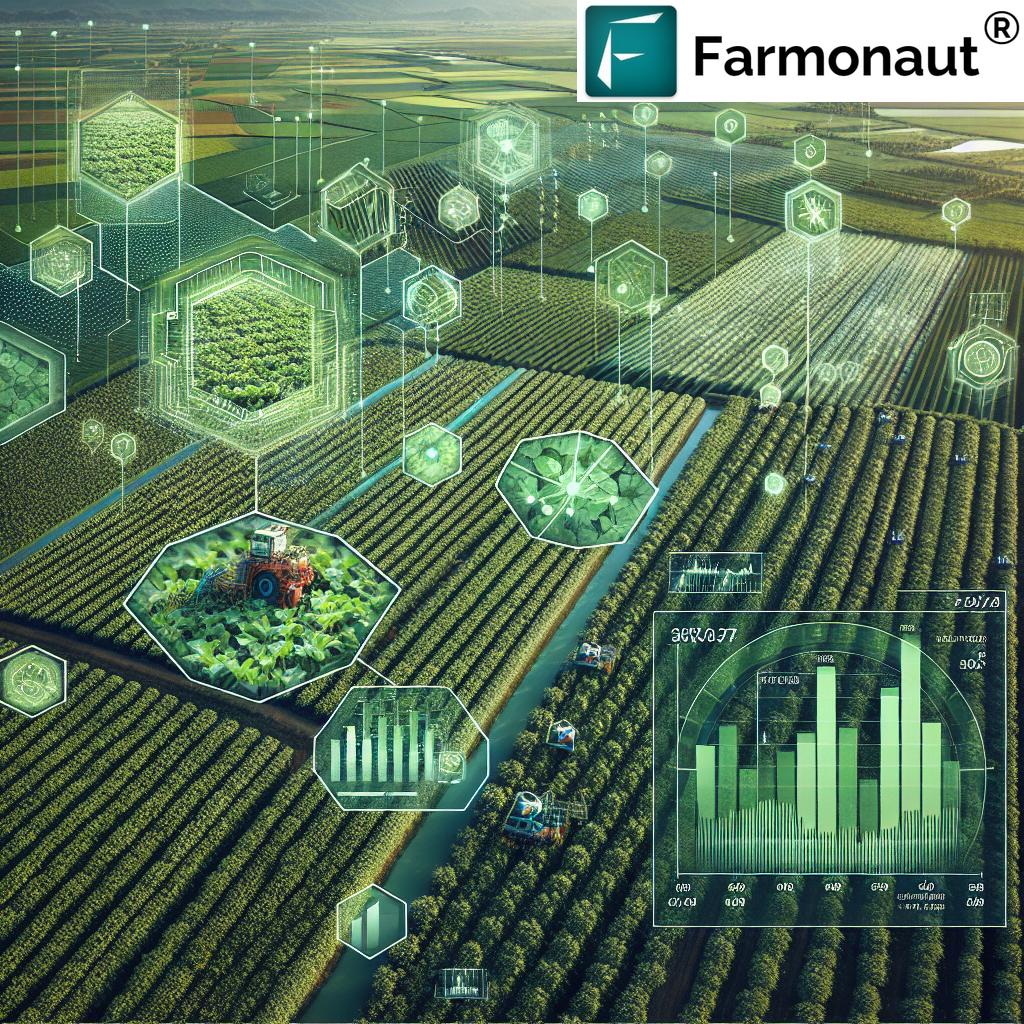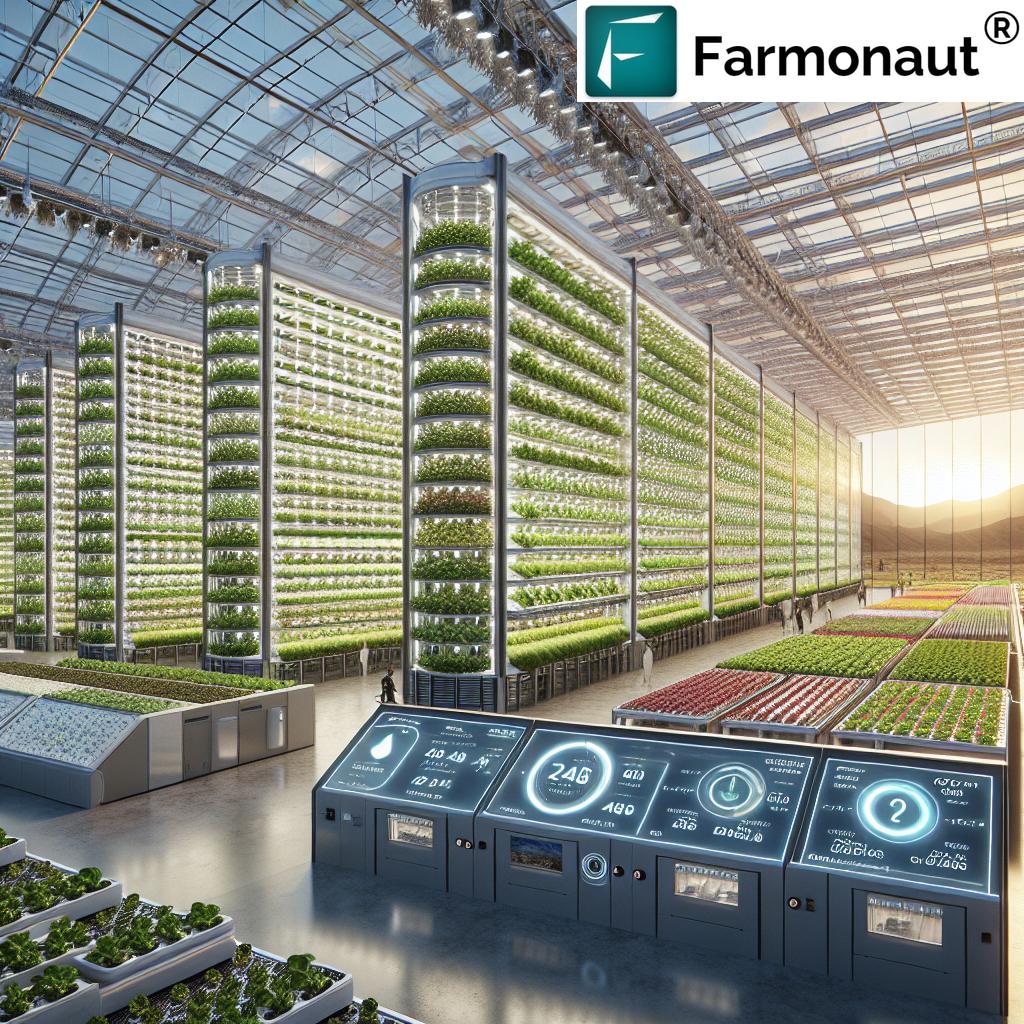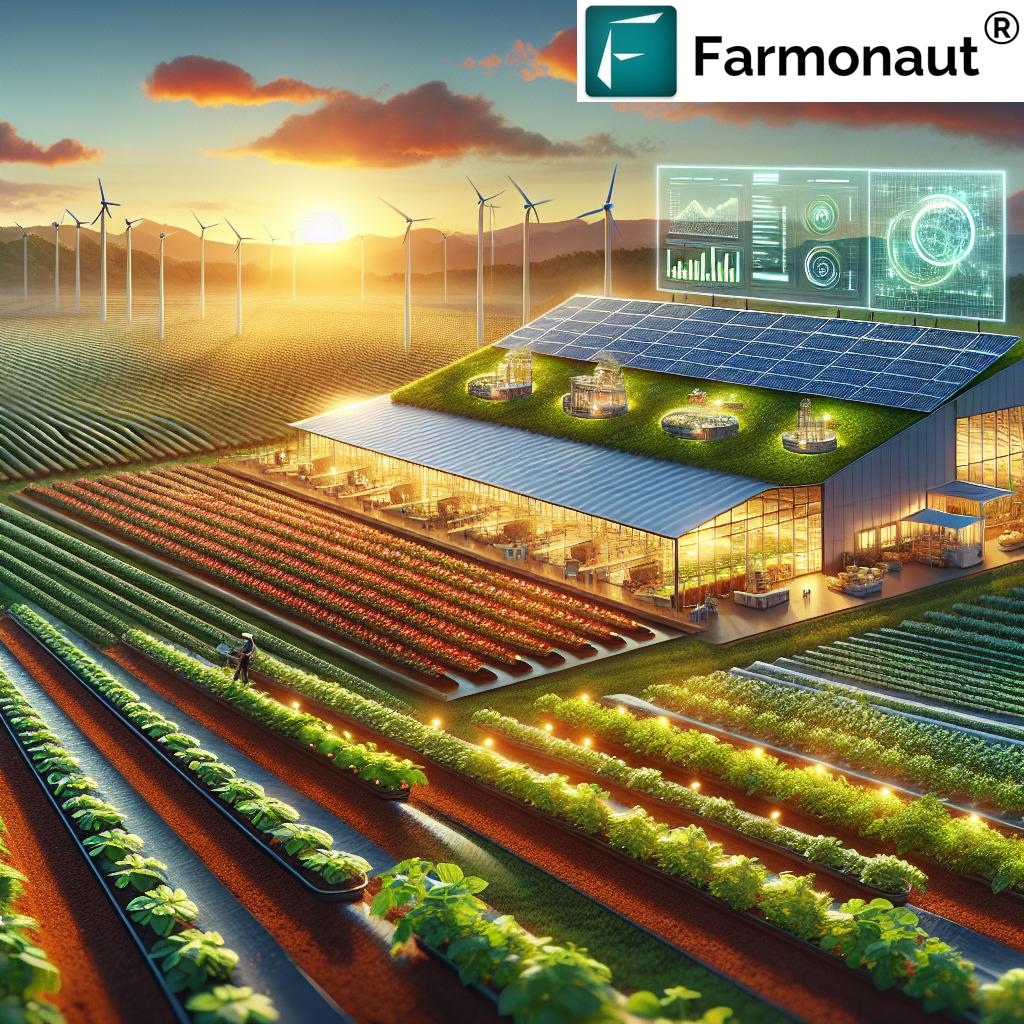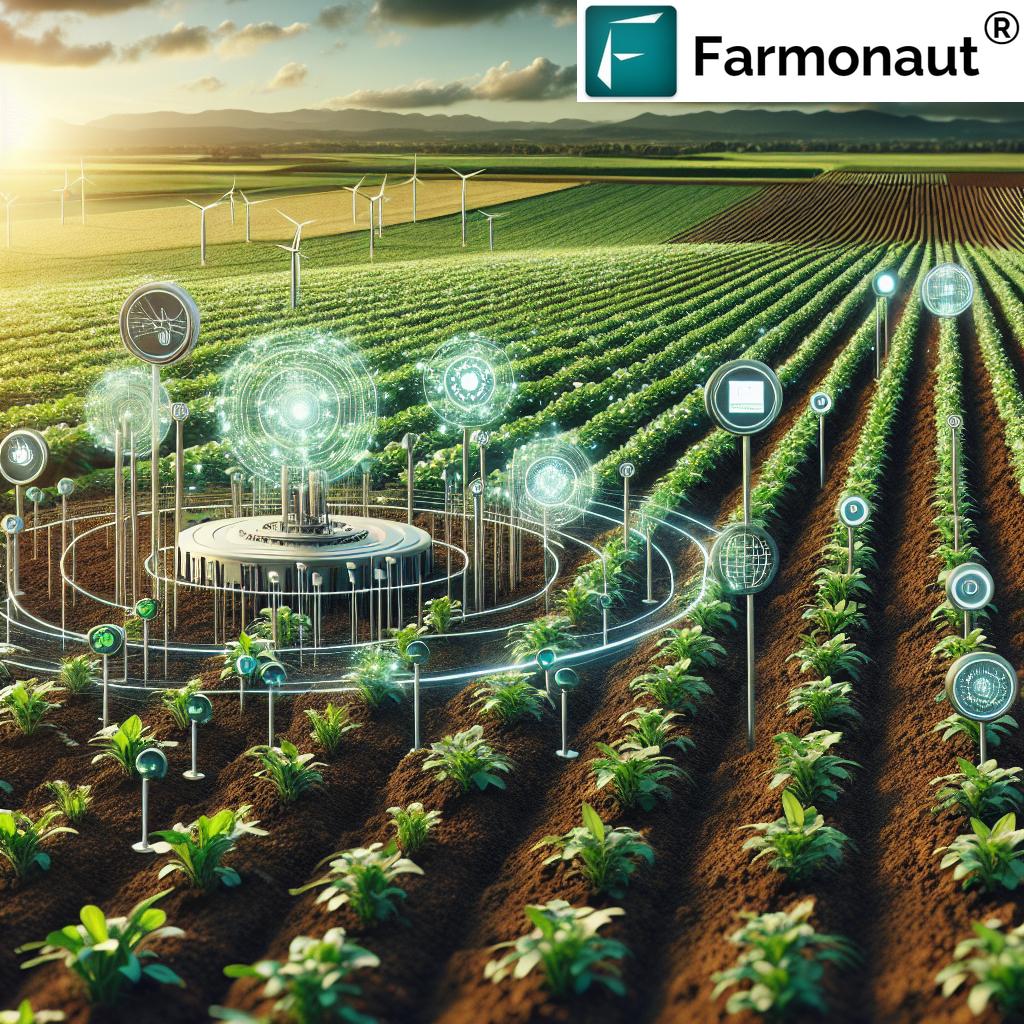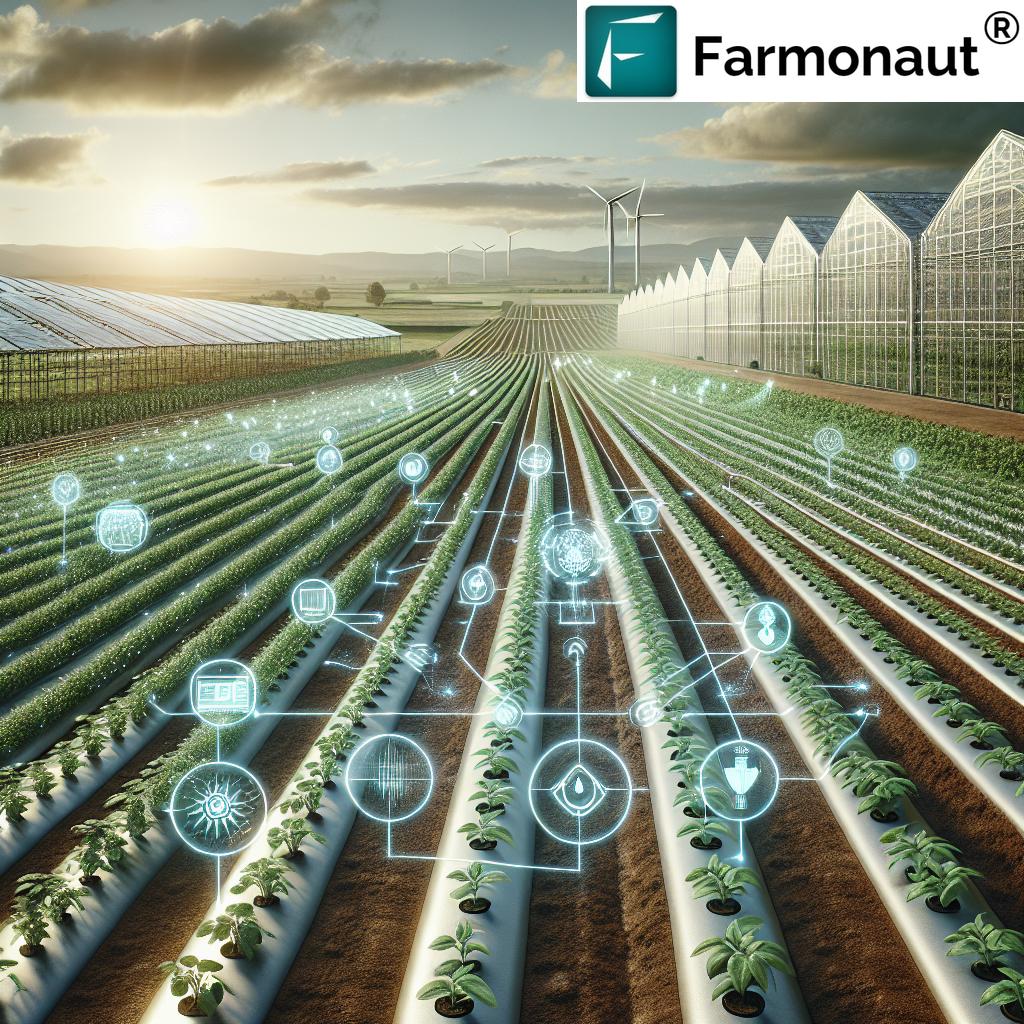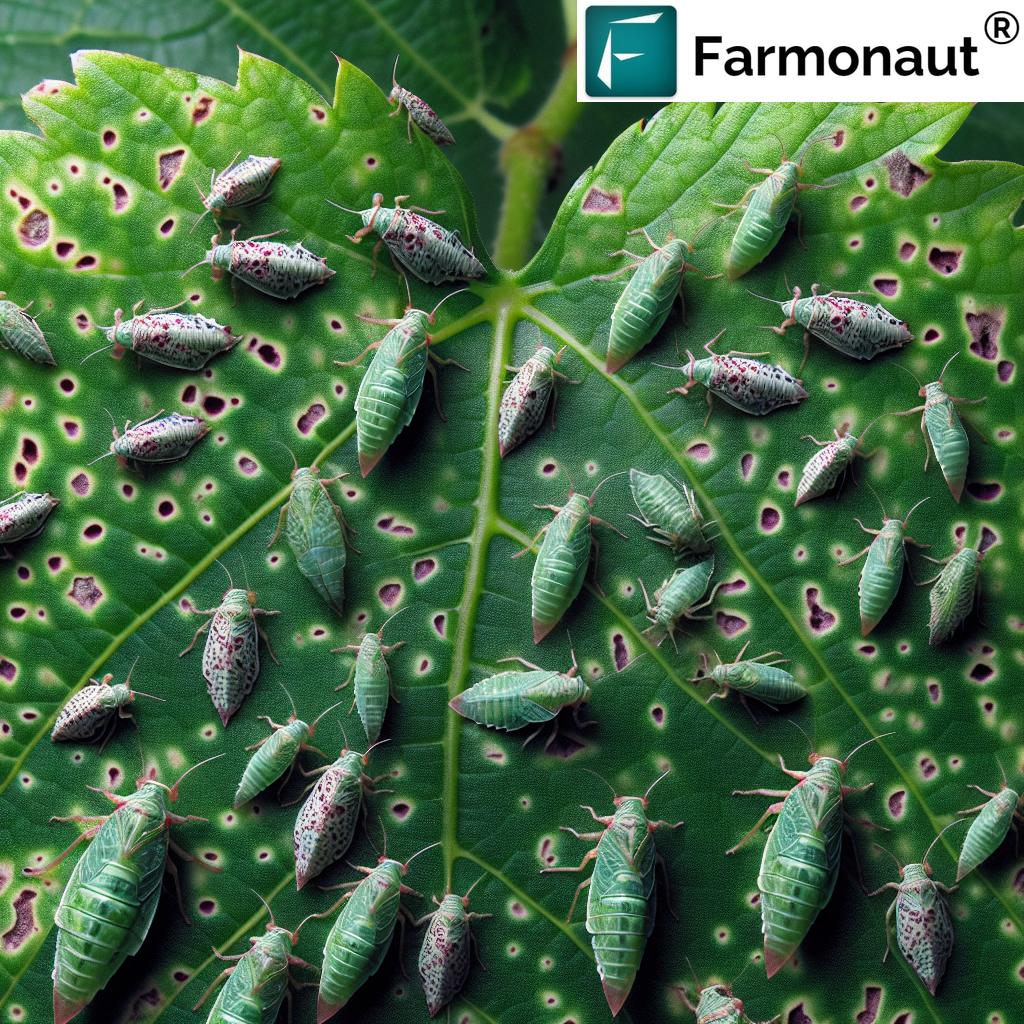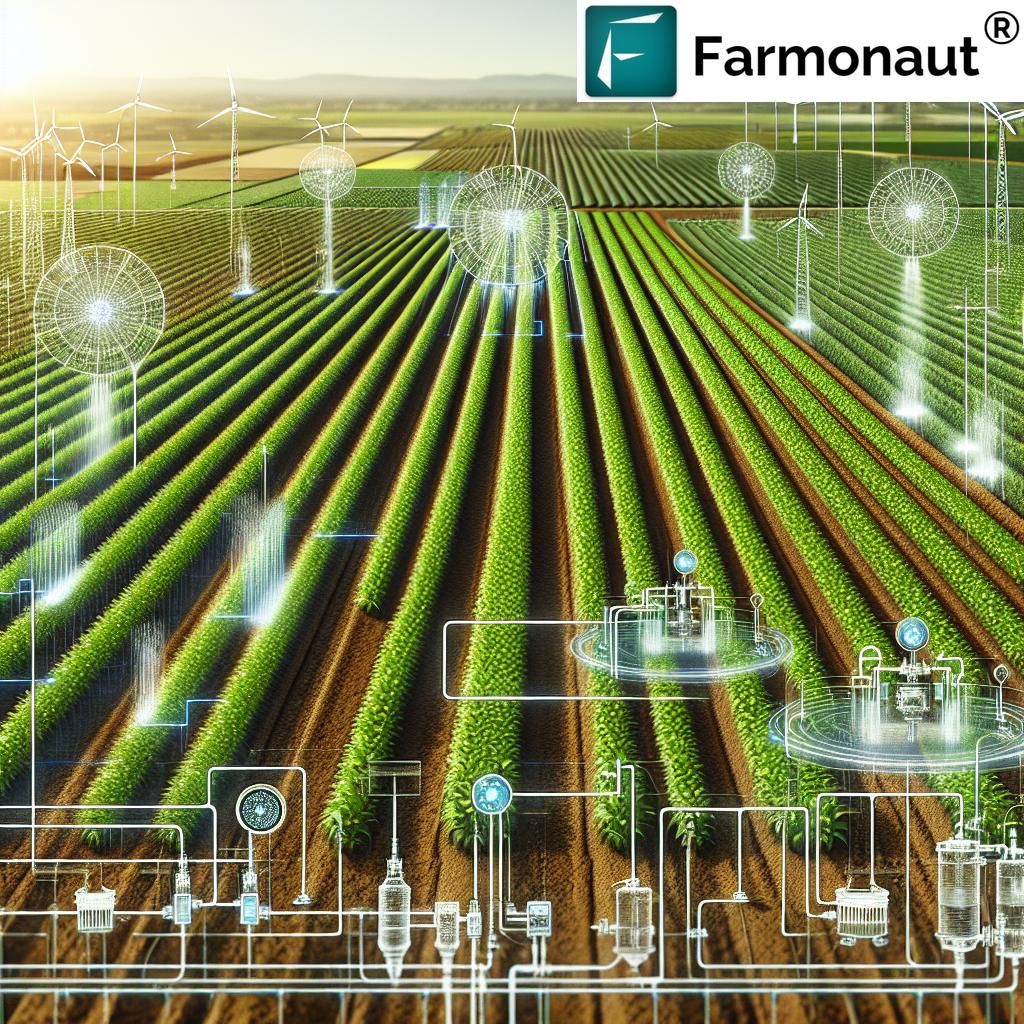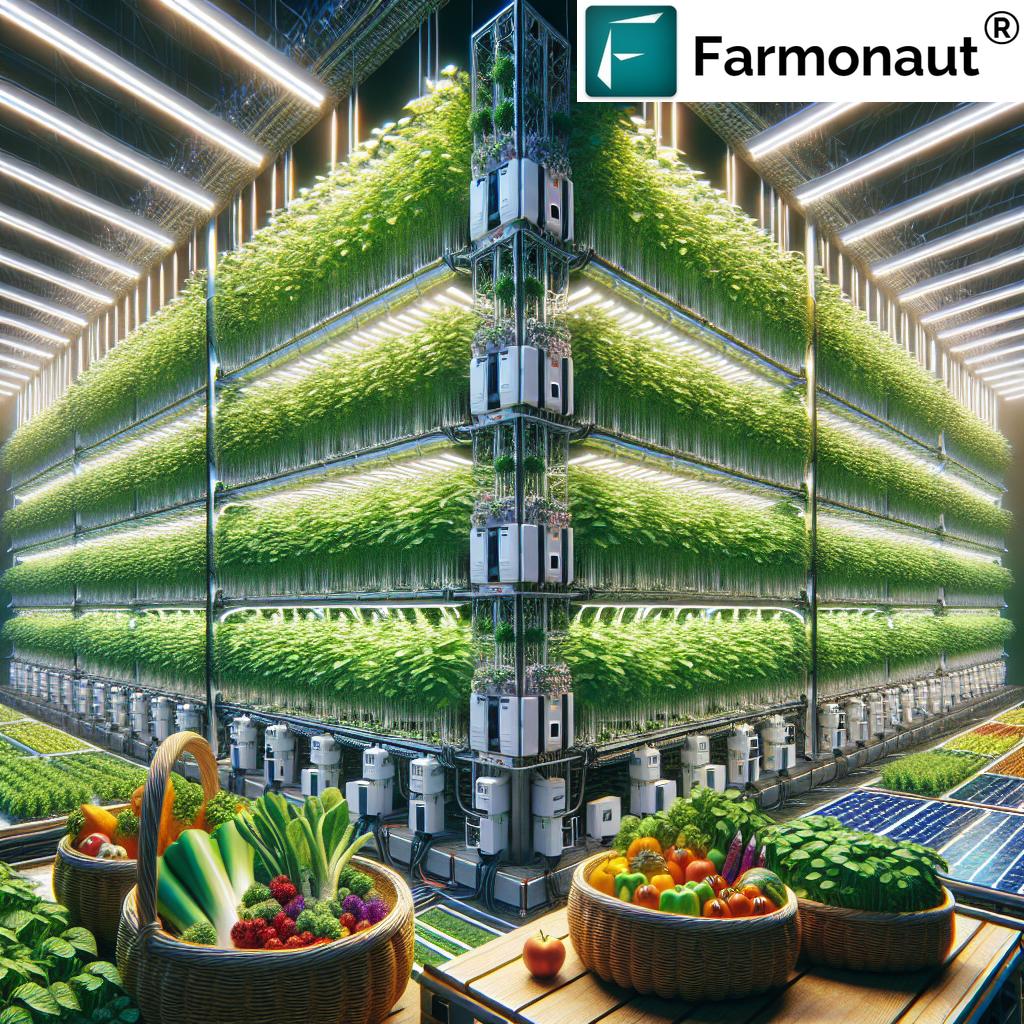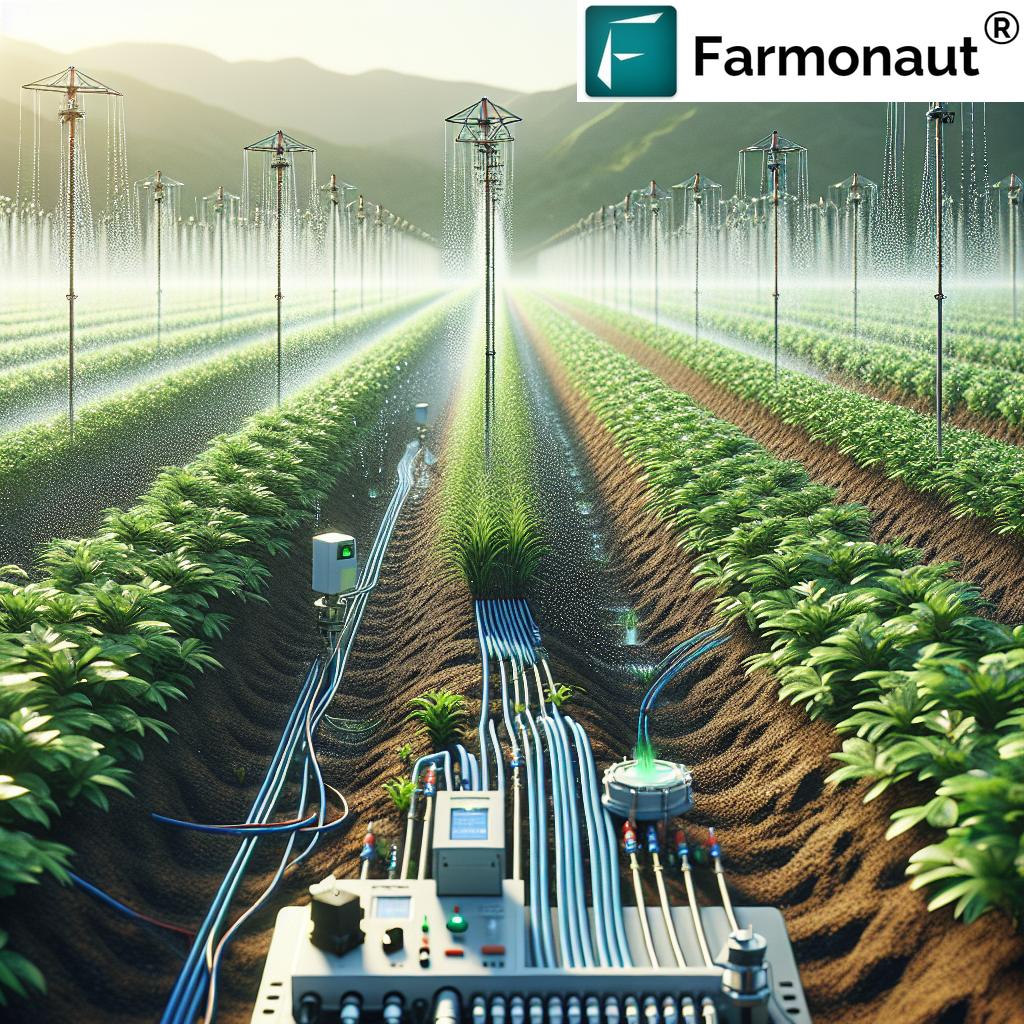Temperature and Moisture Sensors in Agriculture: 2025 Trends
“By 2025, over 60% of large farms globally are projected to use temperature and moisture sensors for precision irrigation.”
Introduction: Agricultural Transformation with Temperature and Moisture Sensors in 2025
The landscape of modern agriculture is undergoing a revolutionary shift. At its core are highly precise temperature and moisture sensors, which, by 2025, have become pivotal tools in precision farming and sustainable crop management. These sensor technologies are rapidly moving from experimental applications to essential components within smart farming systems, helping address global challenges such as climate change, water scarcity, and the ever-intensifying need for higher crop yields.
Incorporating keywords from the outset, let us discover how temperature and moisture sensors in agriculture enable precision irrigation, optimize crop yields, and drive innovative, resource-efficient, and sustainable farming as we enter 2025 and beyond.
The need to optimize resource use, improve productivity, and minimize environmental impact has never been greater. Through the data-driven integration of moisture sensors in agriculture and sophisticated temperature sensor used in agriculture systems, farmers and agronomists now have the indispensable tools to manage water, nutrients, and growing conditions with unparalleled accuracy.
Below, we explore the importance, role, and future trends of temperature and moisture sensors in agriculture, highlighting how their adoption is fundamentally reshaping the way crops are managed for sustainability and food security.
Importance of Temperature Sensors in Agriculture
Temperature is a critical factor that directly influences plant growth, pest activity, and soil microbial processes across all agricultural regions. Accurate and real-time information, provided by robust temperature sensors in agriculture, enables farmers to make informed decisions regarding planting schedules, irrigation timing, frost protection, and pest control measures. Let’s break this down:
- Ambient Air Temperature: Understanding diurnal and seasonal air temperatures supports the planning of optimal planting windows, management of crop stress, and maximization of crop yields.
- Soil Temperature: Knowing the soil’s temperature at various depths is essential for accurate tillage, planting, seed germination, and seedling establishment. For example, seeds require a threshold temperature to begin germination and thrive.
- Frost/Heat Event Monitoring: Early detection of cold or heat events enables timely interventions such as activating frost protection systems or deploying shading solutions, saving crops from irreversible stress or loss.
- Greenhouse Environment Control: Temperature sensors are vital in greenhouse cultivation, ensuring ambient and soil temperatures remain within ideal ranges for year-round production and heightened crop quality.
As we approach 2025, temperature sensor used in agriculture systems have become robust, wireless, and capable of long-range, real-time monitoring, supporting precision crop management at scale.
Some applications of temperature sensor used in agriculture in 2025:
- Seed Germination: Scheduling planting based on minimum soil temperatures for specific crops improves germination rates and seedling health.
- Crop Disease Management: Many pest and disease outbreaks are temperature-dependent; real-time temperature data enables predictive, timely interventions.
- Yield Optimization: Fine-tuned temperature management through sensor networks enhances growth rates and overall productivity.
Role of Moisture Sensors in Agriculture
Soil moisture is, alongside temperature, among the most important environmental factors affecting crop health and yields. The agriculture moisture sensor—especially the soil moisture sensor in agriculture—is now considered transformative for precision irrigation and resource optimization.
A soil moisture sensor in agriculture measures the volumetric water content in the soil, enabling highly precise irrigation scheduling. This supports efficient water management, helps prevent water stress, and reduces the risk of overwatering, nutrient leaching, and environmental runoff.
- Automated Precision Irrigation: Moisture sensors in agriculture directly control irrigation systems, triggering watering events only when soil moisture falls below the optimal threshold for a given crop.
- Water and Cost Savings: With water scarcity intensifying globally, reducing unnecessary irrigation cuts both costs and environmental impact.
- Crop Health and Yield Protection: Maintaining soil moisture within target ranges optimizes plant metabolic processes, improving resistance to disease and boosting crop yields.
Types of Agriculture Moisture Sensors:
- Capacitance Sensors: Measure the dielectric permittivity of the soil to estimate volumetric water content—offering rapid, cost-effective solutions for both small and large-scale farms.
- Resistance or Conductivity Sensors: Measure electrical resistance between electrodes—simple and affordable, though less accurate in saline soils.
- Time-Domain Reflectometry (TDR): Deliver high precision in quantifying soil moisture by analyzing reflected electrical signals—ideal for research and large commercial operations in 2025.
- Gravimetric and Neutron Probes: Used for scientific calibration but less common in everyday farming due to cost and complexity.
The adoption of soil moisture sensor in agriculture technologies is a key strategy for achieving truly sustainable, site-specific crop management tied to real-time environmental conditions.
Comparison of Temperature and Moisture Sensor Technologies in Agriculture for 2025
Which sensor types best fit your operation’s precision agriculture needs? This table compares leading sensor technologies for temperature and moisture sensors in agriculture in 2025, including technology principles, estimated accuracy and cost, power requirements, connectivity, and main agricultural applications. These help both tech-savvy farmers and agricultural professionals make informed decisions about sensor adoption and integration.
| Sensor Type | Principle of Operation | Accuracy (Est.) | Typical Cost per Unit (Est.) | Power Consumption | Data Transmission | Key Applications |
|---|---|---|---|---|---|---|
| Digital Thermistor | Resistance changes with temperature | ±0.5°C | $20-$60 | Low | LoRaWAN, Bluetooth | Soil temp monitoring, planting, yield prediction |
| Infrared Temperature Sensor | Infrared radiation measurement | ±1–2°C | $80-$120 | Medium | Wi-Fi, GSM | Canopy stress, disease forecasting |
| Capacitance Moisture Sensor | Measures dielectric permittivity of soil | ±2% VWC | $50-$100 | Low | LoRaWAN, USB | Irrigation scheduling, water use efficiency |
| Resistance (Gypsum Block) Moisture Sensor | Electrical resistance between electrodes | ±4% VWC | $15-$30 | Low | Bluetooth, wired | Basic irrigation management, educational |
| Time-Domain Reflectometry (TDR) Sensor | Time for electric pulse to return reflects VWC | ±1% VWC | $200-$500 | Medium | Wireless, RS232 | Research, precision irrigation, soil health |
| Neutron Probe | Slow neutron moderation by soil water | ±1% VWC | $3000-$5000 | High | Data logger | Calibration, research |
| IoT Multi-Parameter Sensor (Temp+Moisture) | Combination – electronic | ±0.5°C & ±2% VWC | $100-$200 | Low-Medium | LoRaWAN, Wi-Fi, NB-IoT | Smart farms, greenhouse, automation |
Note: VWC = Volumetric Water Content. Cost and accuracy estimates reflect 2025 technologies and mass-market trends.
Synergy of Temperature and Moisture Sensors for Smart Farming
One of the most significant advancements in recent years is the integration of temperature and moisture sensors in agriculture within unified, often wireless, sensor networks. This combination unlocks a higher level of precision and actionable insights for data-driven farm management.
Why is Synergy Important?
- Evapotranspiration Calculations: The evaporation rate from soil and transpiration from crops are temperature-dependent. Automated irrigation schedules can only be truly optimized with both parameters measured.
- Variable Rate Irrigation: Integrated data sets enable site-specific irrigation—delivering water only where and when needed, and at the right volumes.
- AI & Predictive Analytics: Sensor-generated data feeds into farm management software using AI and machine learning to create predictive models around plant stress, disease outbreaks, and fertilizer or nutrient recommendations.
- Remote Management: Wireless, solar-powered sensors allow for continuous, real-time environmental monitoring, even in remote or resource-limited locations.
The latest commercial systems leverage cloud platforms, mobile apps, and automated alerts to close the loop between monitoring and action. For farmers, this means higher yields, less guesswork, and faster, more precise interventions.
Benefits of Integrated Sensor Systems:
- Automated, data-driven irrigation that minimizes water wastage and improves application efficiency.
- Early alerts when environmental thresholds are crossed—be it soil drying, heat/frost risk, or excess moisture which can encourage disease.
- Increased foundation for site-specific nutrient management, improving both fertilizer use efficiency and environmental protection.
- Remote monitoring supporting agronomists and farmers overseeing larger fields, greenhouses, or distributed farms.
Impact on Sustainability and Productivity
The mounting challenges of climate change, water scarcity, and degradation of arable land make temperature and moisture sensors in agriculture not just valuable, but essential:
- Water Sustainability: Moisture sensors in agriculture drastically reduce over-irrigation, preserving water supplies while ensuring optimal crop growth. This is critical as global droughts and competition for water intensify.
- Nutrient and Soil Health: Avoiding water excess prevents the leaching of nutrients such as nitrogen—benefiting the environment and preserving soil structure.
- Climate-Smart Strategies: Temperature sensors underpin adaptation strategies, helping farmers respond to unpredictable temperature swings, frost risk, and heat stress events.
- Economic Benefits: Reductions in water, fertilizer, and pesticide usage lower input costs, while optimized crop management boosts net yields and farmer profitability.
Government Incentives: Increasingly, governments and agri-businesses are incentivizing the adoption of sensor-based smart farming—from tax credits and grants to direct subsidies and technical support—recognizing their central role in food security for a changing world.
“Smart sensors can reduce agricultural water usage by up to 30% while maintaining optimal crop yields in 2025.”
Future Trends: The Next Era for Temperature and Moisture Sensors in Agriculture
Technology is accelerating at an unprecedented pace. Looking into 2025 and beyond, several trends will further expand the role of temperature and moisture sensors in agriculture:
- IoT-Integrated Sensor Networks: Mass deployment of wireless, solar-powered sensor arrays with long battery lives and robust data connectivity (LoRaWAN, NB-IoT, 5G), suitable for even the largest or most remote agricultural operations.
- AI-Driven Insights and Decision Support: Sensors seamlessly connect with cloud-based analytical platforms, AI-powered advisory tools, and mobile apps to deliver contextual, actionable recommendations—from irrigation to fertilizer timing.
- Multimodal Environmental Sensing: Integration of nutrient, salinity, EC (electrical conductivity), and pH sensors alongside temperature and moisture monitoring for a 360-degree view of soil health and crop needs.
- Remote Sensing and Satellite Data Fusion: Geospatial imagery (such as NDVI, Soil Moisture Index) from advanced satellites will be blended with on-the-ground sensor measurements, creating hyper-local microclimate insights and system health dashboards.
- Affordable Sensor Hardware: Mass production and standardization are rapidly lowering costs, making these technologies more accessible to smallholder and developing-region farmers—the next billion users.
- Blockchain-Based Traceability: Enabling secure, tamper-proof records of environmental, crop, and intervention data throughout the supply chain, from seed to plate.
Explore Farmonaut’s Traceability platform for integrating blockchain-backed crop and resource data, enhancing transparency and trust in agricultural supply chains.
Farmonaut and the Future of Sensor-Based Agriculture
At Farmonaut, we are committed to making satellite-driven insights and sensor data integration affordable and accessible for farmers, businesses, and governments worldwide. Our platforms leverage multispectral satellite imagery, advanced AI analytics, and API-driven integration to provide real-time monitoring of crop health, soil moisture, and temperature trends.
We enable:
- Environmental Monitoring: By fusing on-ground and satellite data, our systems deliver targeted analytics on vegetation health (NDVI), soil status, and field conditions through intuitive web and mobile dashboards.
- AI Advisory: With the Jeevn AI system, real-time weather, environmental forecasts, and situation-driven advice support smarter crop, irrigation, and protection decisions for higher yields.
- Resource Optimization: Our Fleet Management tools help agricultural businesses optimize vehicle usage—reducing operational costs, improving logistics, and extending equipment life.
- Sustainability Solutions: Farmonaut supports food producers in adopting practices aligned with evolving regulations by providing environmental impact tracking, carbon footprint monitoring, and resource use data.
- Financing & Verification: Through Crop Loan & Insurance services, our platform reduces fraud and expedites lending decisions for agricultural stakeholders through satellite-based verification.
Our comprehensive approach ensures scalability—enabling smallholder farmers as well as large enterprises and government agencies to benefit from affordable, cutting-edge agricultural technology. See how you can get started with site-wide monitoring, variable rate irrigation optimization, and more by trying our
For integration with your own management tools or platform, check out our comprehensive API solutions and API Developer Documentation for seamless access to environmental, crop, and resource data at scale.
For large-scale field management, our Agro Admin App empowers managers to monitor multiple sites, automate irrigation, and integrate data-driven decision-making for better productivity.
Explore Affordable Farmonaut Subscriptions for Data-Driven Agriculture
Unlock the full power of satellite, AI, and sensor integration for smart, sustainable farming.
FAQ: Temperature and Moisture Sensors in Agriculture
What is the main advantage of using temperature and moisture sensors in agriculture?
These sensors provide accurate, real-time data on environmental conditions, enabling precision management for irrigation, fertilizer use, and crop protection. This optimizes resource use, enhances yields, and reduces environmental impact.
How do soil temperature and moisture sensors help with climate change adaptation?
They support climate-smart agriculture by assisting farmers in adapting planting schedules, irrigation, and protective measures to weather extremes—helping prevent losses from drought, heat, or frost.
Are modern sensors affordable for small-scale farmers in 2025?
Yes. Advances in sensor manufacturing, wireless technology, and subscription-based digital agriculture platforms have greatly reduced costs, making high-quality sensors accessible globally.
Can Farmonaut’s satellite monitoring platform be used with ground-based sensors?
Yes. We offer robust API and integration capabilities, allowing users to synergize satellite imagery and analytics with their own on-site temperature and moisture sensors for holistic crop management.
How do integrated sensor networks impact water conservation in agriculture?
By providing precise soil moisture and temperature data, these networks enable targeted irrigation, significantly reducing water wastage and supporting sustainable management even during drought years.
What is the role of AI in sensor-based agriculture?
AI and machine learning turn raw sensor data into actionable recommendations and predictive insights, supporting smarter, faster interventions in crop management, pest control, and irrigation scheduling.
How do sensors contribute to crop traceability and food safety?
By recording every input and environmental condition securely on the blockchain, sensors underpin transparent audit trails and substantially improve food traceability and safety assurance through the supply chain.
Conclusion: Sensors Powering Sustainable Food Futures
The era of data-driven agriculture is here. As temperature and moisture sensors in agriculture move from niche to mainstream in 2025, farms of all sizes—across all regions—are entering a new age of precision, sustainability, and resilience. Proactive use of these sensors is critical for optimizing resource use, improving yields, and protecting the environment in the face of intensifying global challenges.
The transformative impact of this technology is only beginning to be realized. By uniting ground-based and satellite-driven data, incorporating AI-powered advisories, and embedding sustainable practices into daily operations, we are working toward smarter, healthier harvests for future generations.
For farmers, business leaders, and policymakers seeking to build a more productive and climate-resilient food system, temperature and moisture sensors are essential tools—helping pave the way toward a future where smart farming isn’t just an option, but the global standard.



